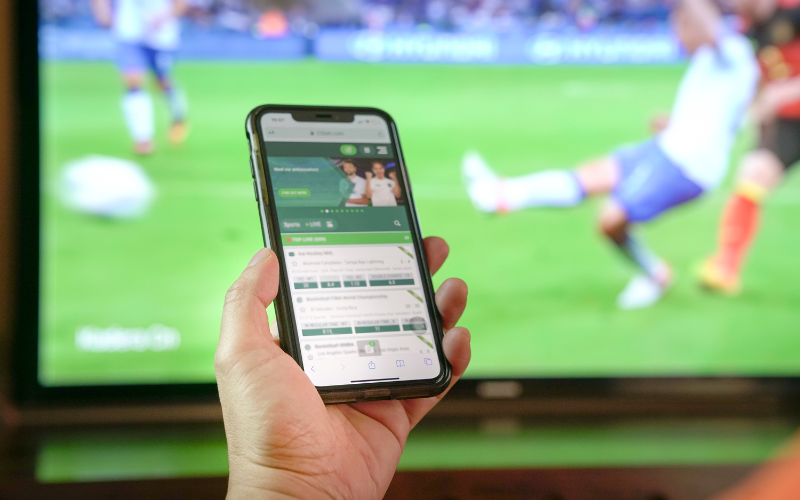Football trading is tough. Many people rely on pre-match stats too much and are then disappointed only to see the majority of matches not play out as they expected.
One way to trade football matches in-play is to focus on what I call ‘trading scenarios’.
So what are trading scenarios? Let’s have a look.
What are trading scenarios?
Simply put, a trading scenario is a situation in-play where goals are more likely (or in some cases not likely) based on what is happening right now in this match.
So some examples of trading scenarios are:-
- A home favourite who is behind in a match.
- A team that is behind that have been creating the best chances in terms of xG
- A team that only has 10 players but is behind and chasing the game.
- A team that simply MUST win a match but is currently losing or drawing.
- Teams that are drawing and are happy for it to stay that way so they can get a point each.
- A team that must win so they can get a European spot.
Why use trading scenarios?
The obvious reason is that we are looking for clear opportunities and higher probabilities for an event to occur, whether that’s goals or a lack of them.
In terms of goals, when the urgency factor is high, for example when a losing home favourite is behind with 10 minutes to go, this presents the perfect opportunity to capitalise and find a late winner.
The same applies in some of the other goal scenarios as mentioned further up.
If goals are not likely as it is evident that neither team is making an effort to score, laying goals or backing the draw, may become the best strategies to use.
When do scenarios occur?
Not every game will present you with a perfect scenario. You may only find a handful of opportunities throughout a busy Saturday, however, they will be there and it’s up to you to recognise them.
One recent example came from the Bundesliga where league leaders Leverkusen were 1-0 behind at home to Hoffenheim with only two minutes of the 90 to play.
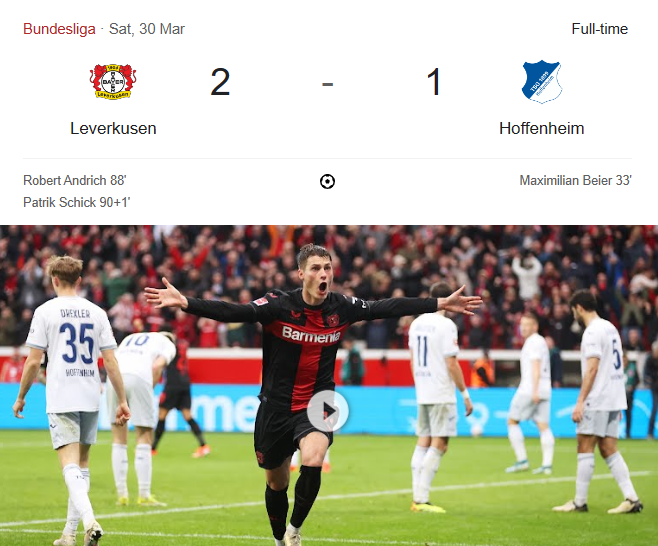
This was a great opportunity to lay U1.5 and even U2.5, and needless to say, you would have got very favourable odds, especially for two late goals.
Then there was this match below between two title-chasing teams from the Championship, Ipswich and Southampton.
Ipswich were in pole position to get promotion and didn’t want to slip up. Southampton were also desperate to get the win to keep their hopes alive.
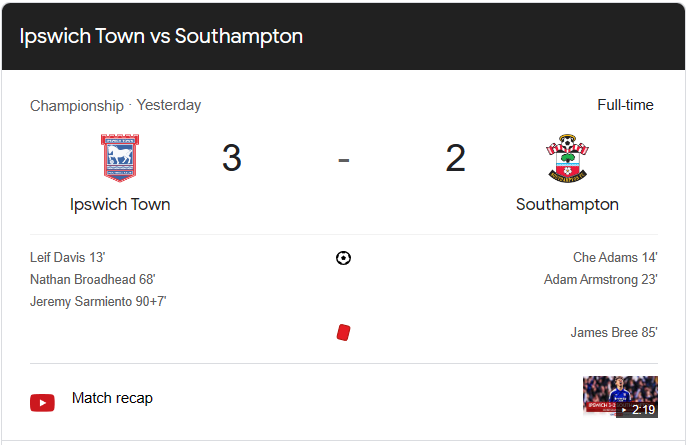
Ipswich were 2-1 behind after 23 minutes and turned it around with goals on 68’ and then the golden goal on 97’. It was a super fight back, and once again, a good opportunity to find those late low-risk lays.
The same could be said for Leicester v Norwich. Leicester were top of the table and like Ipswich, couldn’t afford to slip up.
The home side went behind on 20’ meaning that it was game on. Leicester would now have to go all out to make sure they responded and then got the three points to keep the pressure up on Ipswich and Leeds.
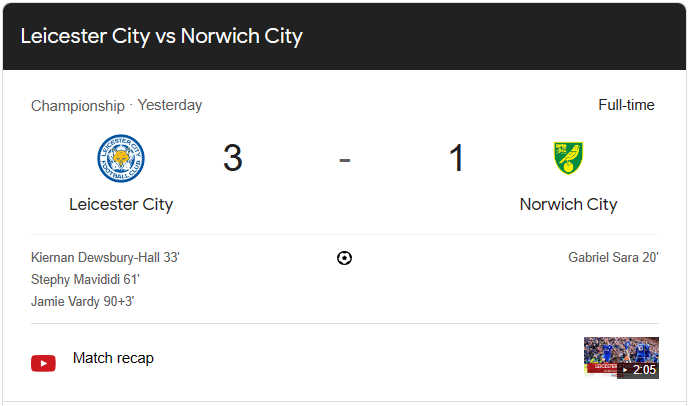
Leicester equalised on 33’ and then went in front on 61’, sealing the match in the dying seconds with a goal from Jamie Vardy. You could have laid Norwich or backed goals. Either way, you would have made a profit.
And let’s not forget Leeds.
They were also sitting near the top of the table and couldn’t afford to lose or even draw to Hull City.
Although Leeds were in front after 9 minutes, Hull equalised on 34’, meaning that the urgency factor was now on with Leeds needing at least another goal to keep their promotion-chasing hopes alive and not lose ground on Ipswich and Leicester.
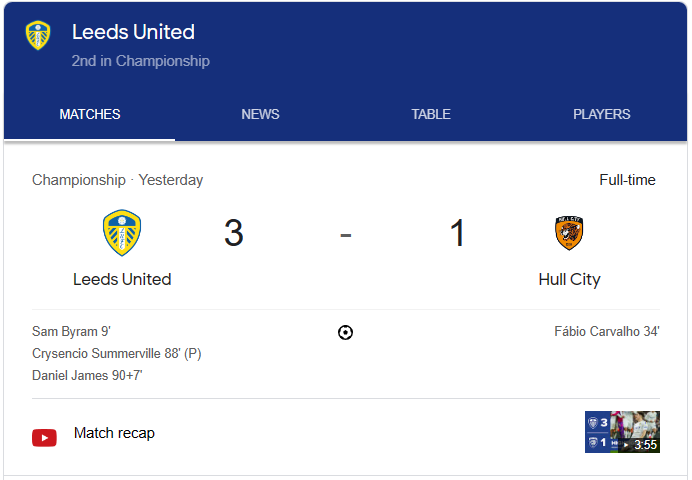
Leeds found the winning goal on 88’ and sealed things with a third on 97’.
You can see the table below and just how important it was to all three teams that they didn’t slip up at this stage in the season.
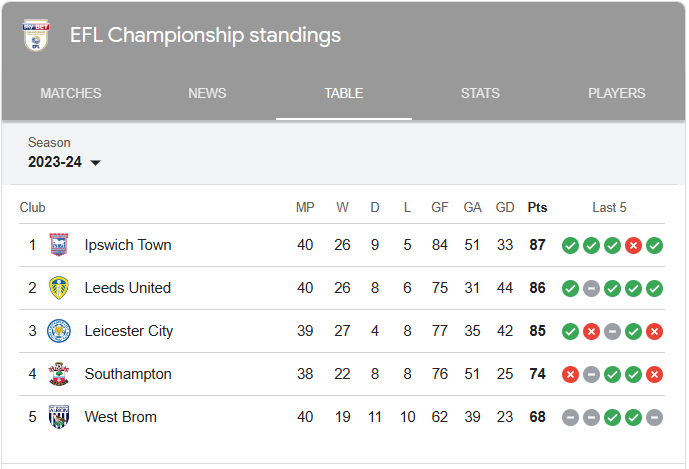
This is a great example of ‘trading scenarios’ where the pre-match stats go out the window and the focus is on urgency and motivation.
If you don’t have time to analyse pre-match stats, just monitor matches in play and focus on those where there is a lot at stake and where teams simply must score, because invariably, they do. And we all know the power and value of a late goal when trading!
Although I don’t have any screenshots, examples of games where goals are most likely not going to come are when two teams are near the bottom of the table, maybe just outside of the relegation spots and would be more than happy not to risk losing and instead just play out a draw.
This can also happen near the top. Man City v Arsenal was a perfect example this weekend, where the game was drawn 0-0. Sometimes it’s almost an unwritten rule with these teams. They know that so much is at stake that they are more than happy to play for a point.
Another example of a good scenario to find a late goal is when a team with only 10 players is trailing. They have no other option but to push for a goal which usually means they leave themselves wide open to a quick counterattack and a higher probability of a late goal.
Hope this helps. 😉


